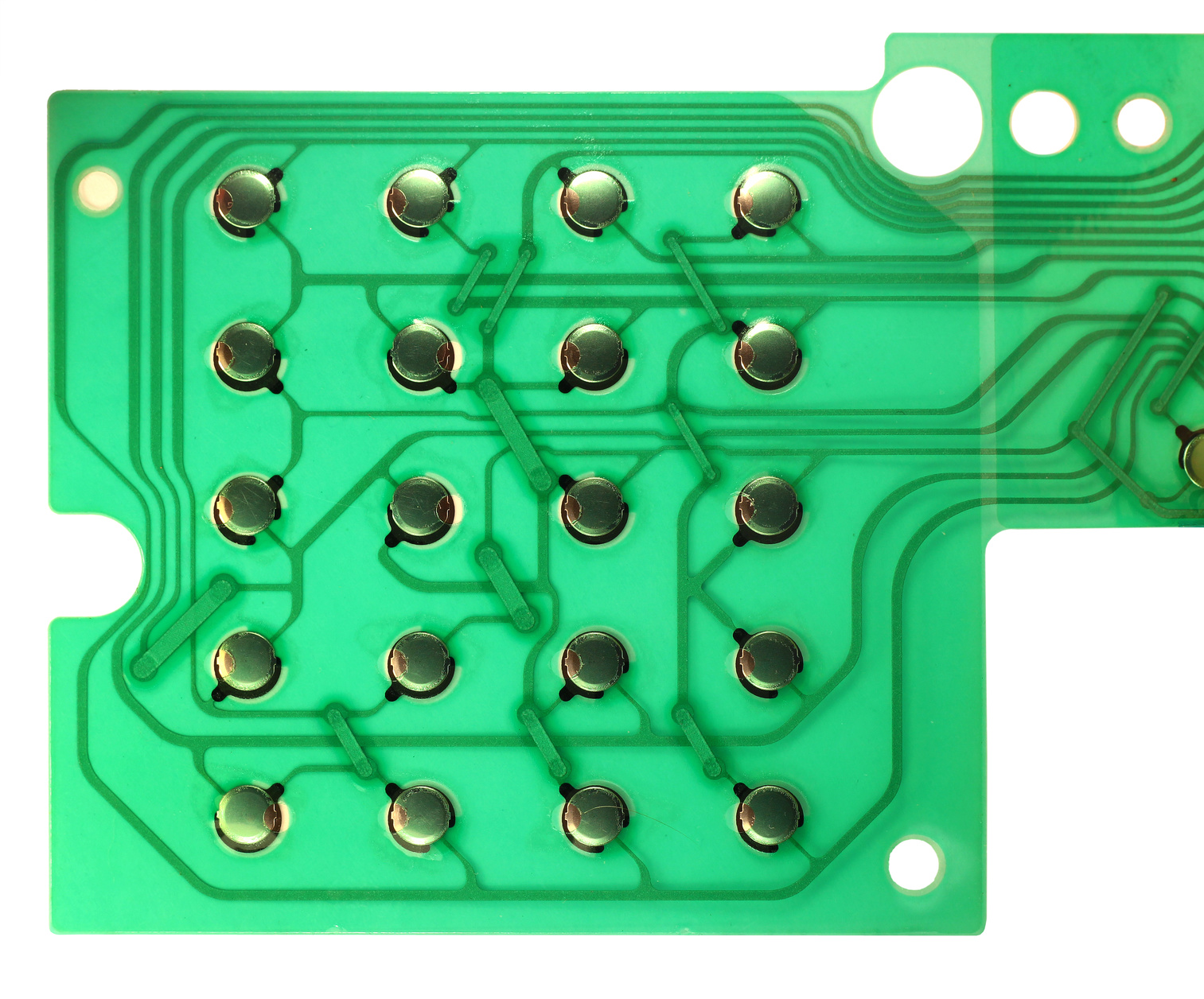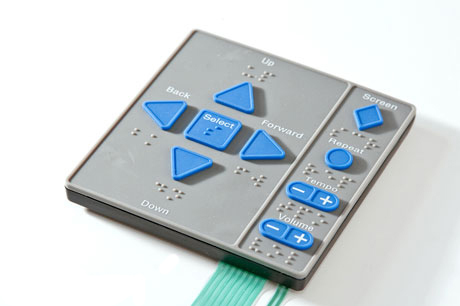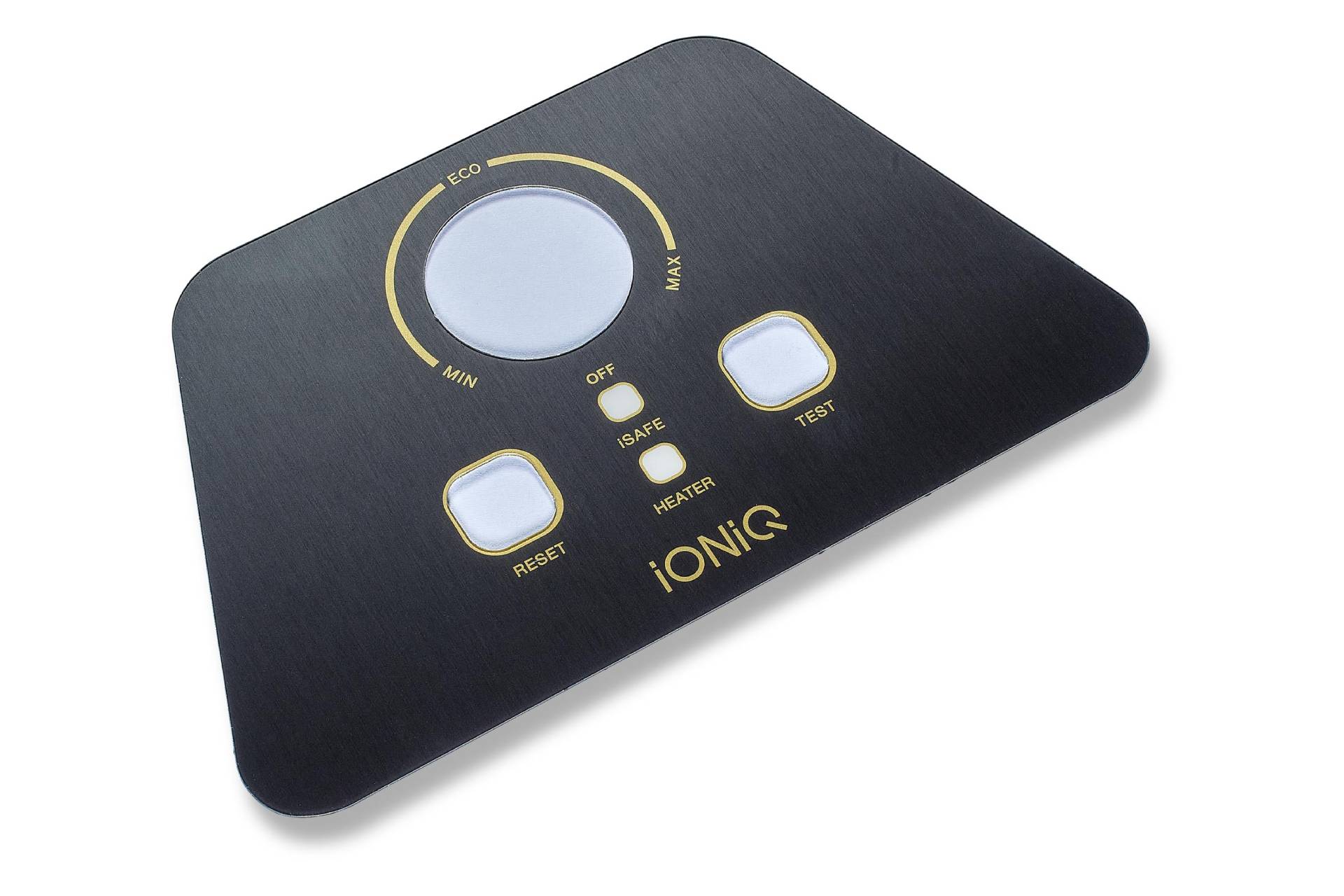Comprehending the Relevance of Membrane Switch in Modern Electronic Devices and Their Applications
Membrane switches over offer as a necessary element in contemporary electronics, providing a reliable interface for individual communication. Their light-weight and adjustable nature makes them ideal for a variety of applications across varied industries. Understanding their key components and benefits can give insights right into their growing significance. As technology remains to development, the development of Membrane switches raises concerns regarding their future applications and layout technologies. What exists ahead in this dynamic area?

What Are Membrane Switches?
Membrane buttons are vital elements in modern-day electronic devices, functioning as customer interfaces that promote interaction in between devices and users. These switches include several layers, consisting of a graphic overlay, a glue layer, and a circuit layer, every one of which interact to develop a useful and sturdy user interface. The style enables a level, low-profile solution that can be customized regarding dimension, form, and visual look, making them appropriate for numerous applications, from consumer electronic devices to medical gadgets. The responsive responses supplied by Membrane switches over boosts user experience, while their resistance to dirt and dampness makes them suitable for challenging settings. Membrane switches can incorporate functions such as backlighting and published graphics, additionally broadening their use. Their convenience and toughness make them a favored choice in sectors where dependability and simplicity of use are paramount, ultimately adding to the seamless operation of modern-day electronic gadgets.
Secret Parts of Membrane Switches
While various parts add to the capability of a membrane layer button, 3 main layers play substantial duties in its design and procedure. The leading layer, generally made from a sturdy polymer, serves as the user interface for individual communication, frequently featuring published graphics and symbols. Beneath this is the spacer layer, which preserves the required distance in between the top layer and the circuit layer. This spacer layer guarantees that the switch activates just when pushed, protecting against unintentional inputs. Ultimately, the circuit layer includes conductive traces that finish the electrical circuit when the leading layer is dispirited. These traces can be made from various products, including copper or silver. With each other, these elements develop a durable and reliable device that is compact and flexible, ideal for a variety of digital applications, from family home appliances to medical gadgets. Recognizing these crucial elements is essential for appreciating the general capability of Membrane switches.
Benefits of Utilizing Membrane Changes

Membrane Switch Production Refine
Comprehending the Membrane switch manufacturing process exposes the elaborate actions entailed in generating these essential components. The procedure commonly starts with the layout stage, where designs and requirements are developed making use of specialized software application. Following this, the visuals overlay is published on an adaptable substrate, usually utilizing high-resolution printing strategies to guarantee quality and precision.Next, the adhesive layers are used, which serve to bond the numerous elements with each other. The circuit layers, made from conductive inks or materials, are then published onto a separate substratum. These layers are carefully aligned and laminated flooring to create a practical switch.After setting up, the switches go through checking to verify capability and resilience. Quality assurance measures are implemented throughout the procedure to recognize and fix any type of flaws. Lastly, the finished Membrane buttons are packaged and gotten ready for circulation, ready to meet the needs of contemporary electronic applications.
Applications of Membrane Switches in Numerous Industries
Membrane buttons are significantly made use of throughout click reference numerous industries, particularly in clinical devices and customer electronic devices. In the medical field, they give trustworthy control interfaces for gadgets that call for exact operation. In a similar way, in consumer electronic devices, these buttons improve user communication by supplying responsive and streamlined user interfaces.
Medical Equipment Control
Many modern medical devices make use of Membrane buttons for structured procedure and improved customer interaction. These buttons offer a trustworthy, sturdy user interface for a variety of applications, including analysis equipment, client monitoring systems, and medical tools. Their customizable layouts permit specific formats that can fit the special needs of medical care specialists, ensuring user-friendly navigation and effective access to important features. In addition, Membrane buttons are immune to pollutants, making them suitable for sterile atmospheres. The responsive responses they supply can improve customer confidence, reducing the threat of mistakes throughout vital medical procedures. In general, the assimilation other of Membrane buttons in clinical equipment substantially contributes to enhanced functional effectiveness and individual safety in medical care setups.
Customer Electronics Interfaces
In the domain of customer electronic devices, Membrane switches play an important function in enhancing interface throughout a wide array of tools. These buttons are indispensable to items such as push-button controls, microwaves, and pc gaming consoles, supplying a effective and straightforward user interface. Their style permits a seamless assimilation of graphics and functionality, enabling manufacturers to produce streamlined, modern-day aesthetics without endangering use. Membrane buttons are also understood for their resilience, frequently holding up against comprehensive use and exposure to numerous environmental conditions. Furthermore, they can incorporate features like backlighting and tactile feedback, further enhancing the user experience. As consumer demands for sophisticated yet instinctive interfaces expand, Membrane switches over remain to be a vital component in progressing electronic device functionality.
Design Considerations for Membrane Switches Over
Designing reliable Membrane switches over calls for mindful attention to numerous elements that affect both performance and individual experience. One vital consideration is the choice of products, as they can influence resilience, tactile responses, and aesthetic allure. Choosing an ideal adhesive is crucial for guaranteeing lasting attachment and resistance to environmental factors.In enhancement, the layout and layout of the button have to suit customer communication, with button dimensions and spacing maximized for convenience of usage. The consolidation of graphics and labeling ought to prioritize quality and presence under various lights conditions.Consideration of electrical features, such as actuation force and button level of sensitivity, will boost the responsiveness of the Membrane button. Moreover, the layout should suit manufacturing procedures to ensure cost-effectiveness and prompt manufacturing. Generally, a well-thought-out design boosts both the user check that and the capability experience of Membrane buttons in contemporary electronic devices.

Future Patterns in Membrane Switch Innovation
As innovation remains to develop, Membrane buttons are positioned to integrate brand-new advancements that will certainly enhance their capability and application in numerous areas. One significant pattern is the incorporation of long lasting and adaptable materials, which will enhance the life expectancy and reliability of these buttons. Enhanced surface appearances and personalized graphics are likewise anticipated, enabling more user-friendly user interfaces.Moreover, the assimilation of smart innovation, such as touch-sensitive surface areas and haptic feedback, is expected to boost customer communication, making Membrane switches over much more receptive and appealing. Additionally, breakthroughs in published electronics will certainly allow more complicated circuitry within thinner accounts, further expanding layout possibilities.Sustainability will also play an important duty in future developments, as manufacturers discover green products and manufacturing procedures. Overall, these fads will certainly ensure that Membrane switches over remain essential and pertinent in an interconnected and increasingly electronic globe.
Frequently Asked Questions
Just How Do Membrane Switches Contrast to Traditional Mechanical Switches?
Membrane changes deal advantages over conventional mechanical switches, consisting of reduced size, lighter weight, and boosted resilience. They generally offer a secured surface area, boosting resistance to dust and dampness, making them optimal for varied applications.
What Products Are Commonly Made Use Of in Membrane Switch Building?

Can Membrane Changes Withstand Extreme Environmental Conditions?
Membrane switches can stand up to extreme environmental conditions, relying on their design and products. Premium constructions frequently feature resilience against temperature level fluctuations, moisture, and exposure to chemicals, making them ideal for numerous demanding applications throughout industries.
The Length Of Time Do Membrane Switches Generally Last Prior To Failure?
Membrane switches over usually display a life expectancy ranging from 1 to 10 million actuations, relying on aspects such as use frequency, ecological conditions, and producing top quality. Regular maintenance can expand their durability and operational reliability significantly.
Are Membrane Switches Customizable for Particular Applications?
Membrane switches are without a doubt adjustable for certain applications. They can be tailored in dimension, performance, and layout, allowing manufacturers to satisfy distinct customer requirements and improve item appearances while preserving functional performance and resilience. Membrane buttons are important components in contemporary electronics, serving as individual interfaces that help with interaction in between customers and devices. The tactile feedback given by Membrane switches boosts individual experience, while their resistance to dirt and wetness makes them ideal for testing settings. The unification of graphics and labeling need to prioritize quality and visibility under numerous lighting conditions.Consideration of electric attributes, such as actuation pressure and switch sensitivity, will boost the responsiveness of the Membrane switch. Enhanced surface textures and personalized graphics are also expected, permitting for more user-friendly user interfaces.Moreover, the combination of clever innovation, such as touch-sensitive surfaces and haptic comments, is expected to boost user communication, making Membrane changes a lot more receptive and interesting. Membrane changes offer advantages over traditional mechanical buttons, including reduced size, lighter weight, and boosted resilience.